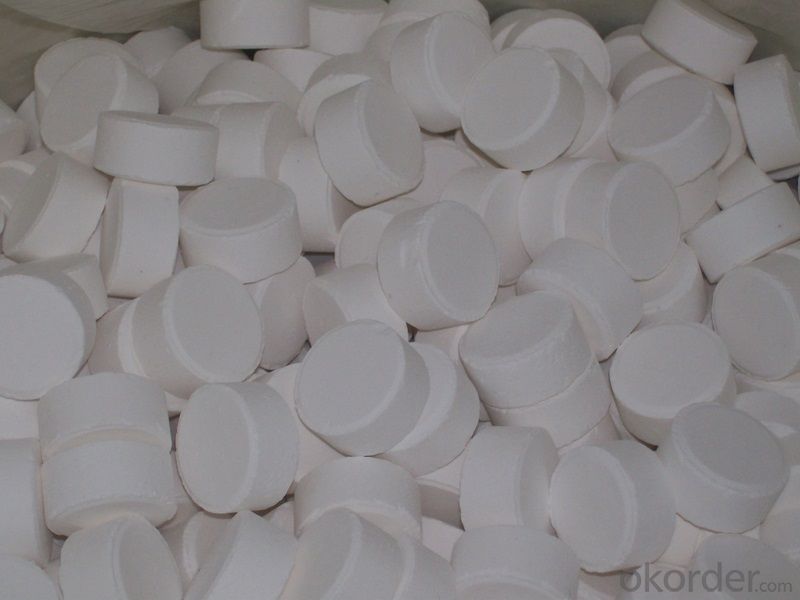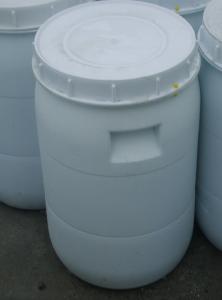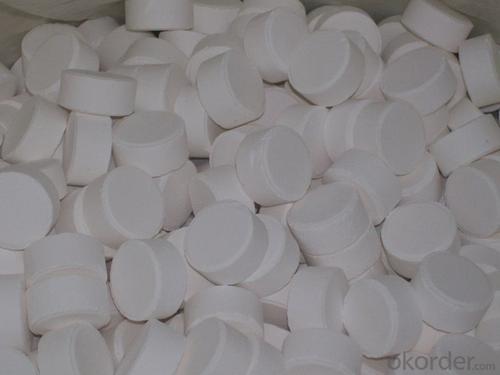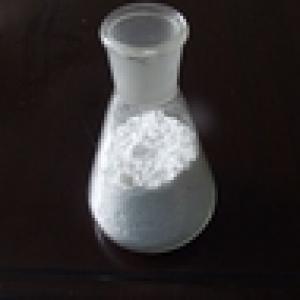Calcium Hypochlorite Granular China Manufacturer
- Loading Port:
- Tianjin
- Payment Terms:
- TT OR LC
- Min Order Qty:
- 25 m.t.
- Supply Capability:
- 2000 m.t./month
OKorder Service Pledge
OKorder Financial Service
You Might Also Like
Calcium Hypochlorite
As a professional manufacturer and exporter for water treatment chemicals especially Calcium Hypochlorite, ATMP, ACH in water treatment grade and daily-chemical grade, PAC and others, we have expoerted to more than 36countries and districts and have good feedback.
Product Name
Calcium Hypochlorite
Product Properties
Formula: Ca(clo)2
Appearance: white or slight gray granular, powder, tablet
Product Applications
For bleaching purpose of wood pulp, silk, cloth and fibre.
Disinfection and water-treatment.
Disinfectant for chemical poisonous and radioactive substance.
Water disinfection: 1ppm, by dissolving 1.7g of bleaching powder
Technical Data
CAS number | 7778-54-3 |
Properties | |
Molar mass | 142.98 g/mol |
Melting point | Decomposes at 100°C |
Solubility in other solvents | 21 g/100 ml (25°C) |
Calcium hypochlorite is a chemical compound with formula Ca ( Cl O ) 2 . It is widely used for water treatment and as a bleaching agent (bleaching powder). This chemical is considered to be relatively stable and has greater available chlorine than sodium hypochlorite (liquid bleach).
Product Name: Calcium Hypochlorite | Standard: GB/T10666-2008 | ||
Item | Index | Result | |
Effective chlorine: | 70%Min | 72% | |
Molsture(H2O): | 5-10% | 7% | |
Nacl /sodium chloride | 9-11% | 9% | |
Chlorine lose on stability test: | 10%Max | 7.83% | |
Insolubility matter | 3% Max | 2.4% | |
Granularity(10mesh-24mesh) | 85% | 90% | |
Form: | Granular, powder, tablet | Granular | |
Appearance | White or offwhite | white | |
Testing Result: Qualified (10-24Mesh) | |||
Advantages of our products:
1)High effective chlorine content
2)Particularly good stability, can be stored for long time under normal temperature, little efficiency content loss
3)High solubility, easily dissolve in water to form high concentrate bleaching solution with little undissolved substance
Product Pictures

- Q: and what are the kinds of organic compounds?..pls. help me abt. this..thanks!..(^_^)
- Any carbon-containing compound is considered organic with the exception of carbonates, bicarbonates, carbon dioxide and carbon monoxide.
- Q: Organic chemistry extraction lab. If the KBr wasn't there I would just add HCl to protonate the NH2, but I'm not sure if that will affect the KBr or the carbon chain. Both of these are in an aqueous phase.
- The amine will certainly coordinate to K+, but the interaction is not very strong and hydrogen bonding from water will compete efficiently. Also, if your amine is soluble in water, you are not going to be able to isolate it by turning it into the corresponding ammonium salt.
- Q: What is the most important inorganic salt in plant growth?
- The inorganic salts required by plants are nitrogen, phosphorus and potassium containing inorganic salts, and if any lack of plants will affect the normal growth of plants, nitrogen is a component of many important organic compounds in the body, such as protein, nucleic acid, chlorophyll , Enzymes, vitamins, alkaloids and some hormones contain nitrogen. Nitrogen is also the basis of genetic material in all organisms, the most important protein, it is often in the center of metabolic activity.Now is to limit the growth of plants and the formation of the primary Factor. It also has a significant effect on improving the quality of the product.K2 is dissolved in the plant juice, and its main function is related to the metabolism of the plant.The content of phosphorus in the plant is second only to nitrogen and potassium, Phosphorus plays an important role in plant nutrition. Almost all important organic compounds in plants contain phosphorus. Phosphorus is involved in photosynthesis, respiration, energy storage and delivery, cell division, cell enlargement and other processes in plants.
- Q: How to add inorganic salts
- Helicobacter pylori can cause a variety of stomach problems, including gastritis, gastric ulcer, duodenal ulcer, non-ulcerative indigestion, gastric cancer. Therefore, the eradication of Helicobacter pylori has become an important measure for the treatment of modern gastrointestinal diseases. To identify patients with Helicobacter pylori infection, the clinical need for a high sensitivity, specificity, fast, simple, safe, inexpensive Hp diagnostic method, that is, carbon 14 breath test. The examination and painless, noninvasive, fast and simple, no cross the advantages of infection, experts at home and abroad have been recommended for the diagnosis of Hp gold standard, has been widely used in clinical practice.
- Q: Can inorganic salts act as stabilizers for emulsified asphalt?
- Heze Tongren Road Machinery Co., Ltd. is a asphalt heating and storage equipment as the main body, set road maintenance equipment production, asphalt library design and transformation of technical services, to undertake asphalt library / depot and other construction and installation, industrial pipelines and chemical equipment The installation of the installation of the boiler, the installation of steel structures and accessories sales, such as integrated services in one company.
- Q: An inorganic salt is dissolved in water and yields a solution that has a color. Make a statement about the type of element the substance contains that casuses the color.Thanks!
- Many inorganic salts form colored solutions . pper ( II) sulfate ( Blue ) nickel (II) acetate = green, mangaanse ( II) chloride = pink, iron(III) chloride = yellow, potassium dichromate, orange and so many more Can you be more specific ?
- Q: What is the relationship of electronegativity and the solubility of a inorganic salts?Does the solubility increase when electronegativity decreases or vice-versa? or neither...
- The higher the electronegativity, the stronger the acid would be... Therefore it would be more soluble. take NaCl (common table salt) as an example. The difference between Na's electronegativity and Cl's electronegativity is very high so NaCl is a very soluble salt. The only exception is HF - it is a weak acid - it dissociates very weakly because O-H bonds cannot break H-F bonds which are very strong.
- Q: Inorganic salts are not nutritious
- Nutritional substances are sugar protein fat three nutrients
- Q: After a lot of sweating, the amount of drink with inorganic salt drink right?
- It is best to drink this kind of drink, which contains sodium and potassium, and when the body after a lot of exercise will consume a lot of potassium, leaving the body feel weak, this drink can quickly add the body Electrolyte, need to note that before the exercise 1-2 hours, during exercise and after exercise have to drink
- Q: My body fat rate 14.6 normal body fat percentage 31.2 is more than the normal value I do not know the difference between the two please God answer ah Thank you very grateful and then those elements of my lack of God is the situation ah I love meat is not a vegetarian! And I super love to eat eggs! And my super love to drink water!
- I am also a little lower inorganic salt so point, the coach said that usually drink some salt. Protein and water are low can only explain a problem, have a good fat under the conversion.
Send your message to us
Calcium Hypochlorite Granular China Manufacturer
- Loading Port:
- Tianjin
- Payment Terms:
- TT OR LC
- Min Order Qty:
- 25 m.t.
- Supply Capability:
- 2000 m.t./month
OKorder Service Pledge
OKorder Financial Service
Similar products
Hot products
Hot Searches
Related keywords





























